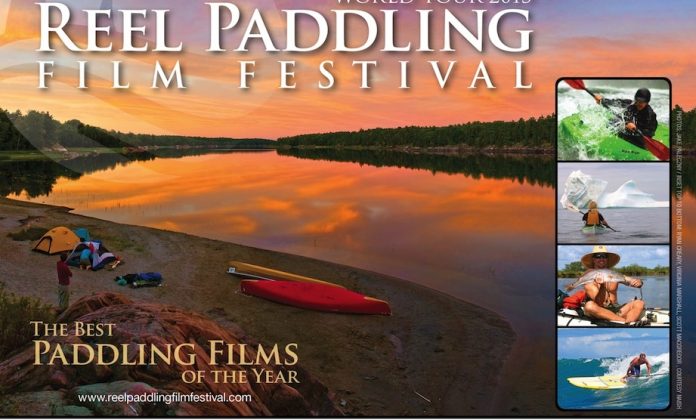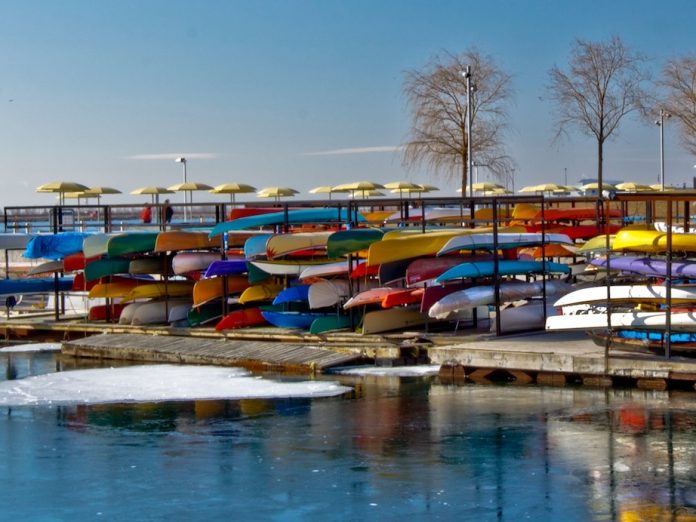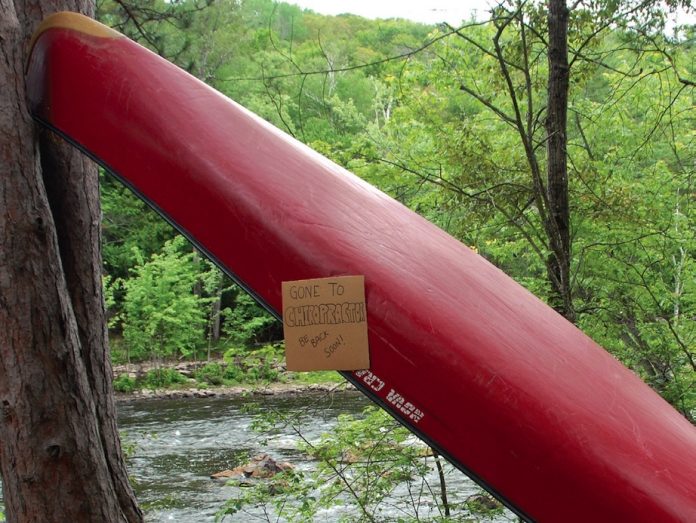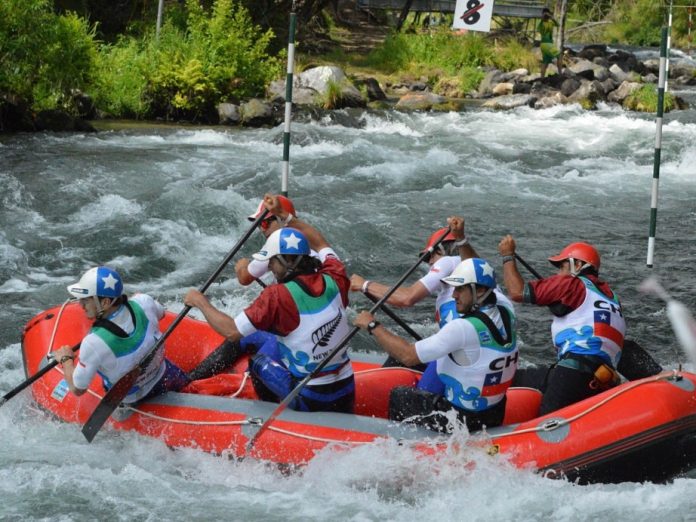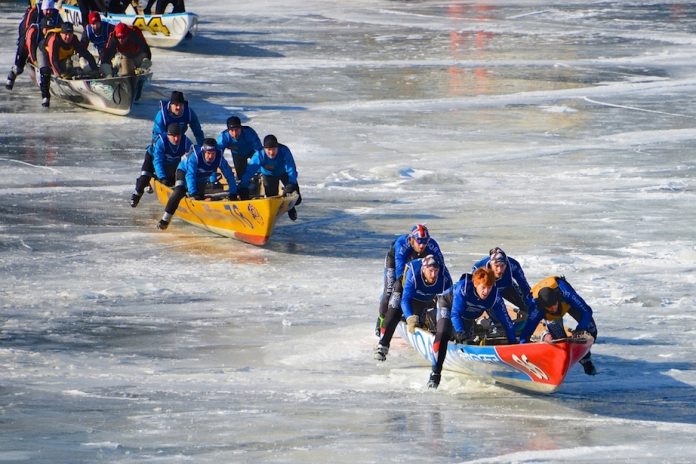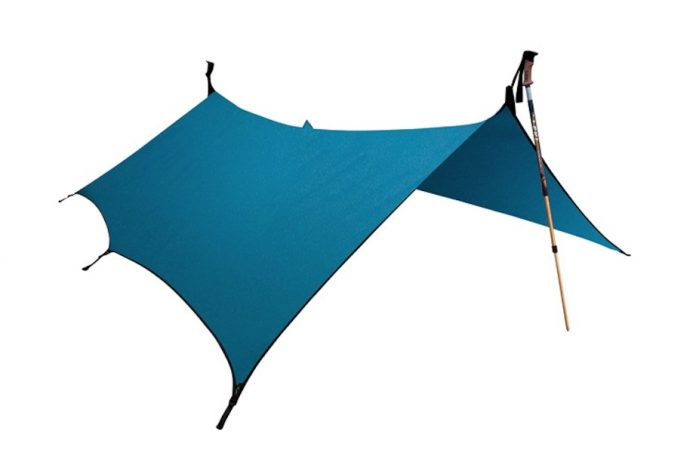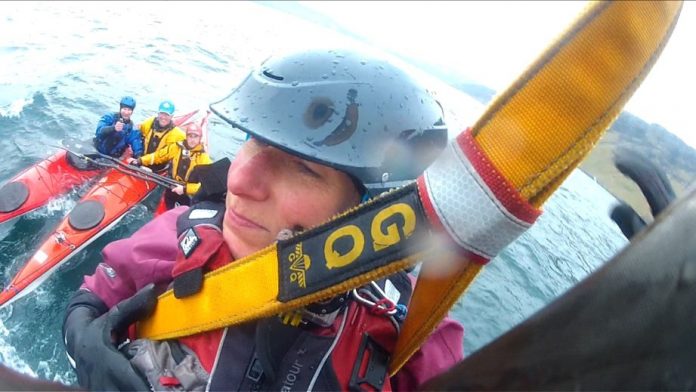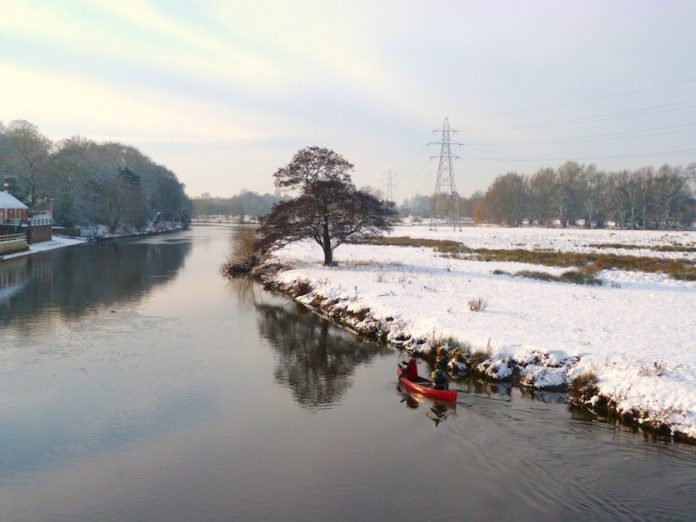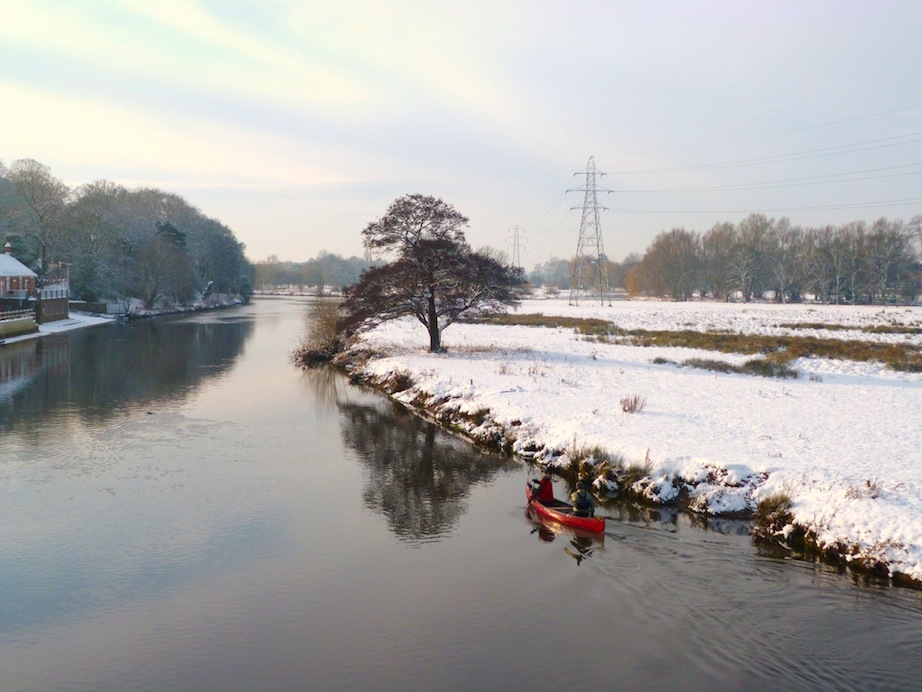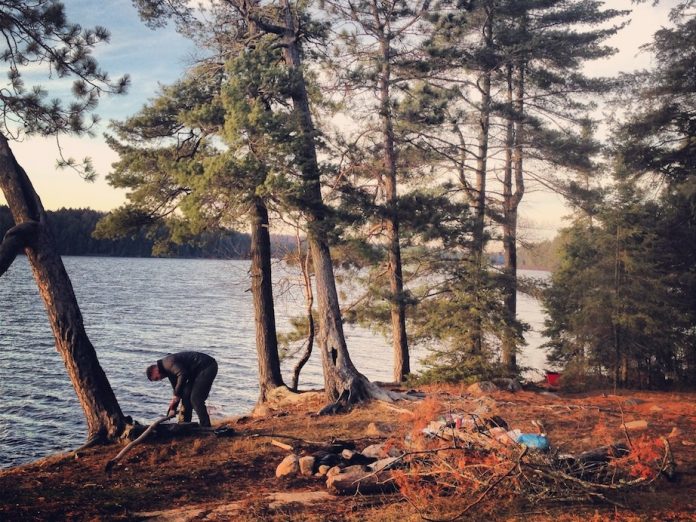Supporters, coaches, athletes and raft guides have gathered in Rotorua, New Zealand over the past couple of weeks in anticipation of the 2013 World Rafting Championship, taking place from November 13th – 24th. A traditional Maori pohiri (welcome) and hungi (a traditional Maori meal) were held on Wednesday to officially welcome the competitors and open the event.
Teams of six will duke it out on three rivers: the Kaituna for both the Sprint and Head to Head, the Tarawera for the Slalom and the Rangitaiki for the Downriver – all of which are known for their technicality and challenging whitewater.
“There are 24 countries being represented at this year’s World Rafting Championships,” says Raewyn Larcombe of the New Zealand Rivers Association. “We have 22 Open Men’s teams, 16 Open Women’s, seven Masters Men’s and two Masters Women’s.” The Junior division events already wrapped up, with the Kiwi women dominating the podium in all of the events in the Under 23 category.
Many of the teams competing at this event have been attending World Championships for several years, but that doesn’t mean that there is a clear winner. “One has to favor the Japanese team in the Open Men category, they’re currently the World Champions in both R6 and R4,” explains Sue Liell-Cock, Secretary General of the International Rafting Federation, “It’ll be interesting to see after the first day.
“Some teams, like Chile and Brazil, have always pulled up a bit of a surprise. In the current top 10, any of them could win. You’ve got such strong teams out there, and the level of training that they’re putting in now is really professional.”
In the Open Women’s category, there is some stiff competition – the Kiwis have earned more medals at World Rafting Championships than any other team. With 25 medals to their name, they’re hoping to add another to their collection at the end of this week. “One of the favorites will definitely be New Zealand,” says Liell-Cock, “It’s home ground, there’s nothing like home crowd and home rivers, so I think they’ve got a really good chance.”
There had been rumors about running Tutea Falls on the Kaituna River as a part of the Sprint, even though that had not been included in New Zealand’s bid to host the event. At seven meters tall, Tutea Falls is the highest commercially rafted waterfall in New Zealand, but most teams have been avoiding the run to prevent injury. “If teams had known they were going to run it, I think they would have been quite happy and worked on perfecting the line,” says Liell-Cock, “Once you perfect the line, it’s a lot safer but unfortunately, it just happened too late. In the end, it came down to the team captains voting on whether or not to run it, and it was decided that teams would be starting the Sprint below the falls.”
It promises to be an exciting weekend of competition and camaraderie. “After all,” Liell-Cock says, “that’s what this whole thing started on. It doesn’t matter what language you speak or where you come from, you just love being on the river, and that’s a very unifying experience.”
For more info on the rules of the sport, check out www.internationalrafting.com, or for updates on the competition check www.facebook.com/2013WhiteWaterRaftingWorldsNZ



